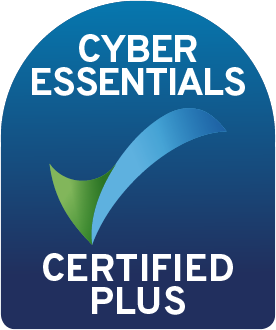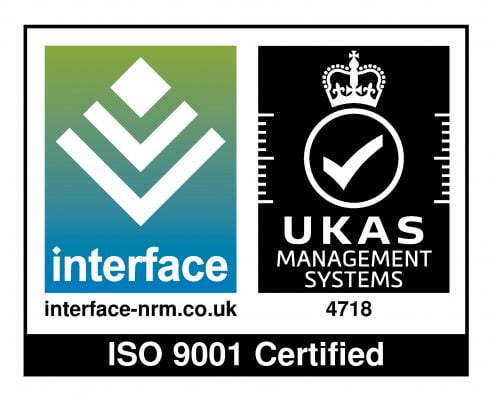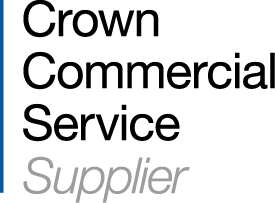If you’re responsible for any aspect of compliance training within your organisation, you know it can be a messy, time-consuming, and often stressful process. Juggling spreadsheets, chasing completions, managing training for busy teams with tight schedules, and battling the constant worry that something has slipped through the cracks; it’s a lot to stay on top of, especially when compliance regulations are always changing. We’re exhausted just thinking about it!
The good news is it doesn’t have to be this way. With the right tools and software in place, a lot of the heavy lifting can be automated. With e-learning software such as a learning management system (LMS), you can stay on top of compliance without all the manual effort. The result? Huge time savings, reduced risk, and stronger compliance management. You can also expect a simplified and optimised audit process that will ultimately help you avoid penalties and legal issues.
In this guide, we’ll run through some of the ways LMS automation can simplify your compliance management, including the necessary features to look out for and practical guidance on how to automate your compliance to deliver real results.
Blog contents:
What you’ll learn in this guide to automating compliance training:
This guide is designed for L&D managers and compliance leaders looking to streamline compliance training through automation. Here’s what we’ll cover:
The burden of manual compliance
Why traditional compliance management puts your organisation at risk
Key benefits of automating compliance
Time savings, improved accuracy, audit readiness, and more
Must-have LMS features for compliance automation
Certifications, audiences, reporting, and assessments
Step-by-step: How to automate compliance training
From mapping training to launching an automated compliance programme
Why your LMS matters
Next steps to implementing a compliance-ready LMS (like our best LMS for compliance training; Totara Learn)
Unpacking the manual compliance burden
Compliance management is no picnic. Much like any component of the L&D strategy, it requires careful planning, consistent monitoring, and regular reviewing. However, unlike other L&D practices, the stakes are much higher when things go wrong.
Financial penalties, reputational damage, and operational implications are just some of the consequences of poor compliance management. And, when compliance is managed through predominantly manual processes, the room for error is significantly higher.
Manual compliance management isn’t reliable for keeping up with the pace and complexity of modern businesses. That’s where automation comes in.
What are the benefits of automated compliance for L&D teams?
LMS automation offers a solution that not only saves time but also offers smarter, faster, and more reliable compliance management. Some of the key benefits include:
- Real-time visibility – With dynamic dashboards and real-time reports, you can easily see exactly who has or hasn’t completed key compliance training
- Reduced chance of human error – Automation takes the guesswork out and stays on top of training, so you don’t have to
- No more chasing – Automated reminders and notifications ensure learners stay on track without the need for manual chasing
- Scale up compliance – Automation seamlessly scales up with you when your business and workforce grow
- Get audit-ready at a fraction of the time – Stronger audit trails and detailed records and captured automatically, meaning you’re always ready for inspections and audits

What features do you need to automate your compliance?
If you like the sound of the many benefits that come with automated compliance management, let’s take a look at some of the key tools and features you’ll need to harness them.
Certifications – Need staff to recertify GDPR training once a year or health and safety training every six months? With an LMS such as our Totara Learn solution, you can set up certifications with expiry dates that will automatically notify learners to recertify.
Audiences – Totara’s audience functionality allows user groups to be populated using an unlimited combination of rules (such as previous learning, job role, or department). Once set up, you can automatically enrol users in compliance courses, certifications, and learning plans. With audiences, you can ensure compliance training is tailored to specific groups, allowing you to move away from the ineffective one-size-fits-all training method.
Reporting – With comprehensive real-time reporting and dashboards, you can gain instant insight into training completion. What’s more, reports can be configured to automatically be sent directly to the inbox of key stakeholders, providing key insights without needing to even click a button.
Assessments – To ensure staff are not only completing compliance training but actually understand it, you can use LMS assessments to test knowledge and prove competency. The results of these assessments can be configured so that managers or key stakeholders receive them automatically, allowing them to take action if needed.
Steps to follow if you’re looking to automate your compliance training
If you’re ready to create an automation-led compliance training strategy that will help seamlessly mitigate the risk of non-compliance, let’s explore some steps you should follow.
1. Identify your compliance needs and objectives
To best understand how your compliance management should be optimised with automation, now is the time to audit your current strategy. Start by mapping out training, policies and regulatory requirements. Here you can also analyse what’s currently working and where the compliance gaps lie.
2. Map out training assignments
How do you want to assign your compliance training? Will it be based on job role, previous experience, department, or responsibilities? This is your chance to map out training assignments so they can be set up using functionality such as audiences, discussed above.
You can also begin to outline learning or certification paths that capture core dates and schedules that will ensure training doesn’t expire.

3. Configure automation
Using your LMS, now is the time to set up automatic enrolments, certification schedules, reminders and automated reports. This is an admin-heavy task, but once completed, automation will take over, and the administrative load will start to disappear.
4. Test and launch
Before you roll out your new automated compliance programme, it’s sensible to test the setup with a select group, such as a specific department within your organisation. If rollout is successful and automation is running smoothly, it’s time to launch!
Next steps
Once initial compliance automation is set up, compliance management becomes a background process rather than a daily administrative burden. That leaves your team time to focus on other key tasks, such as monitoring the effectiveness of compliance training and regularly updating training content to align with current regulations.
However, if your LMS isn’t capable of the level of automation required to build a reliable and scalable compliance system, it’s time to explore your options. Our Totara LMS is a top-rated LMS for compliance training, renowned for its advanced automation capabilities, and our team of experts are here to help you get the most out of it.
Get in touch with us today if you’re ready to simplify your compliance while driving real results with top compliance training software. If you’d like some more information on optimising your compliance training, visit our dedicated page here.
.png)
View our range of webinars
From AI and HR best practices to bespoke content design and the power of e-learning. Explore our range of completely free webinar recordings.
.png?width=1080&height=150&name=Slim%20blog%20CTAs%20(16).png)
.png?width=1080&height=150&name=Slim%20blog%20CTAs%20(12).png)
.jpg?width=1080&height=150&name=Slim%20blog%20CTAs%20(1).jpg)



